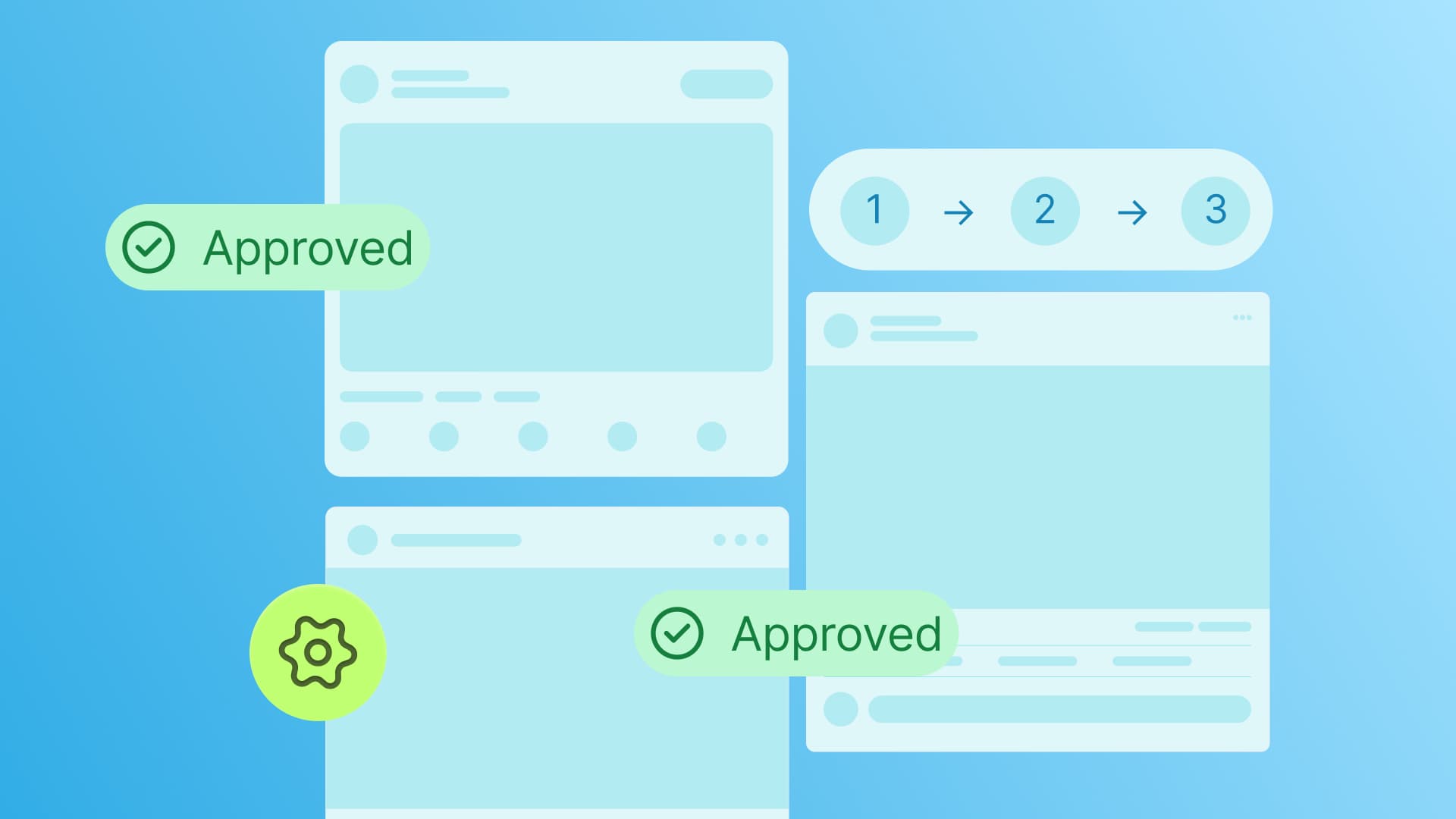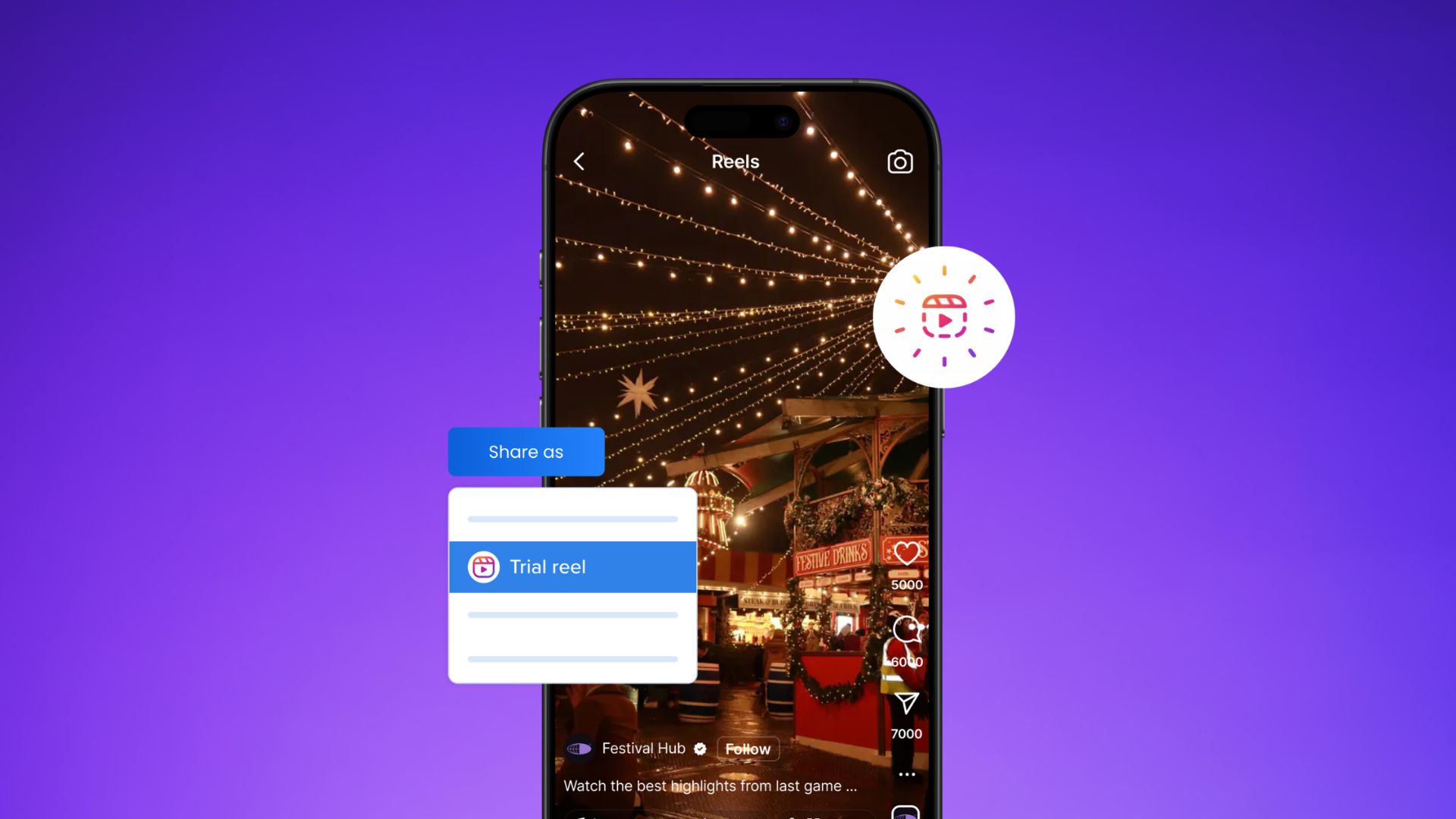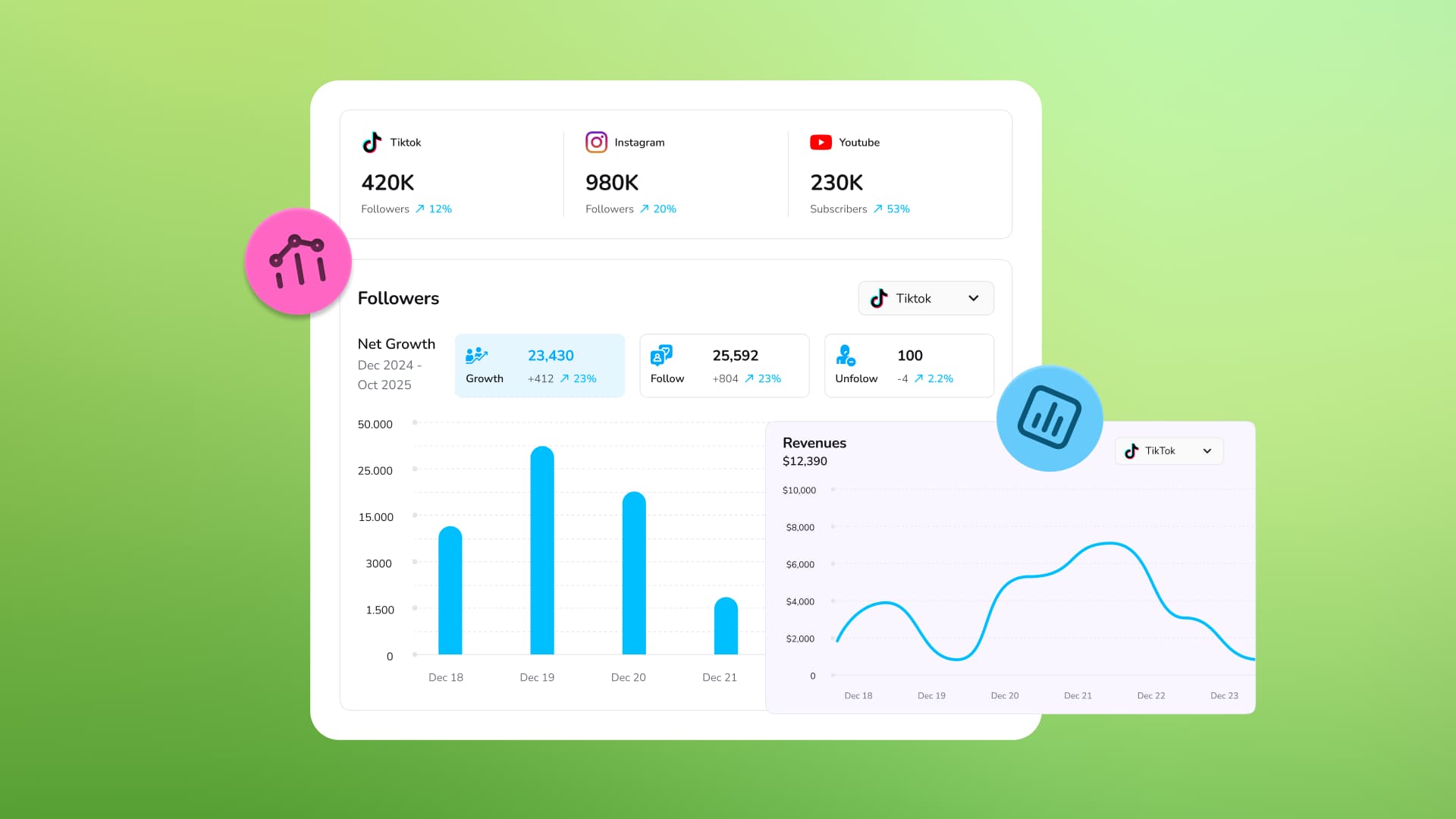New
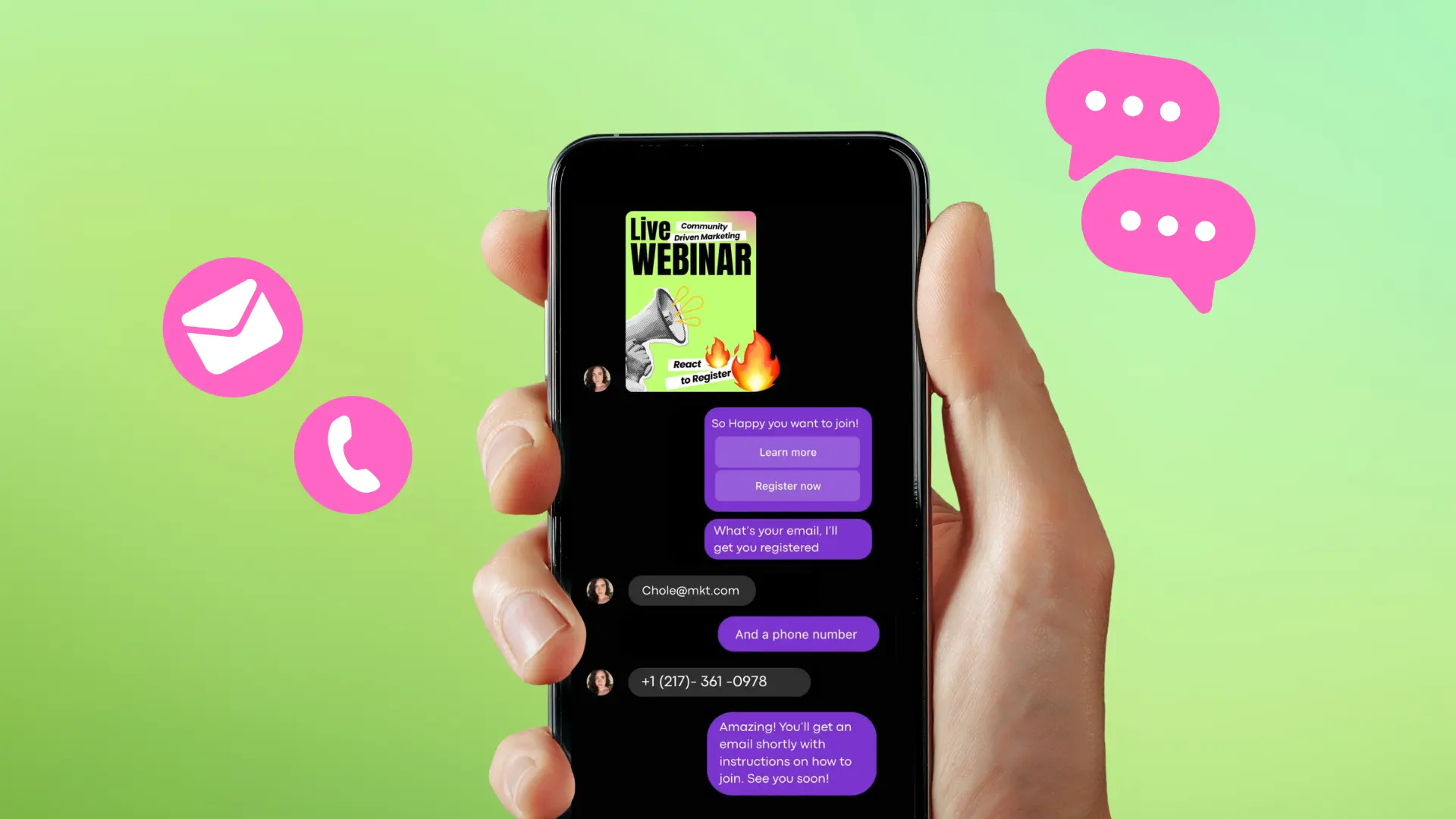
Turn Your DMs Into Lead Gen!
Learn how to collect lead data from your DMs such as email addresses, phone numbers, and more right from your social inbox. If you are not yet automating your DMs your competitors are outpacing you.
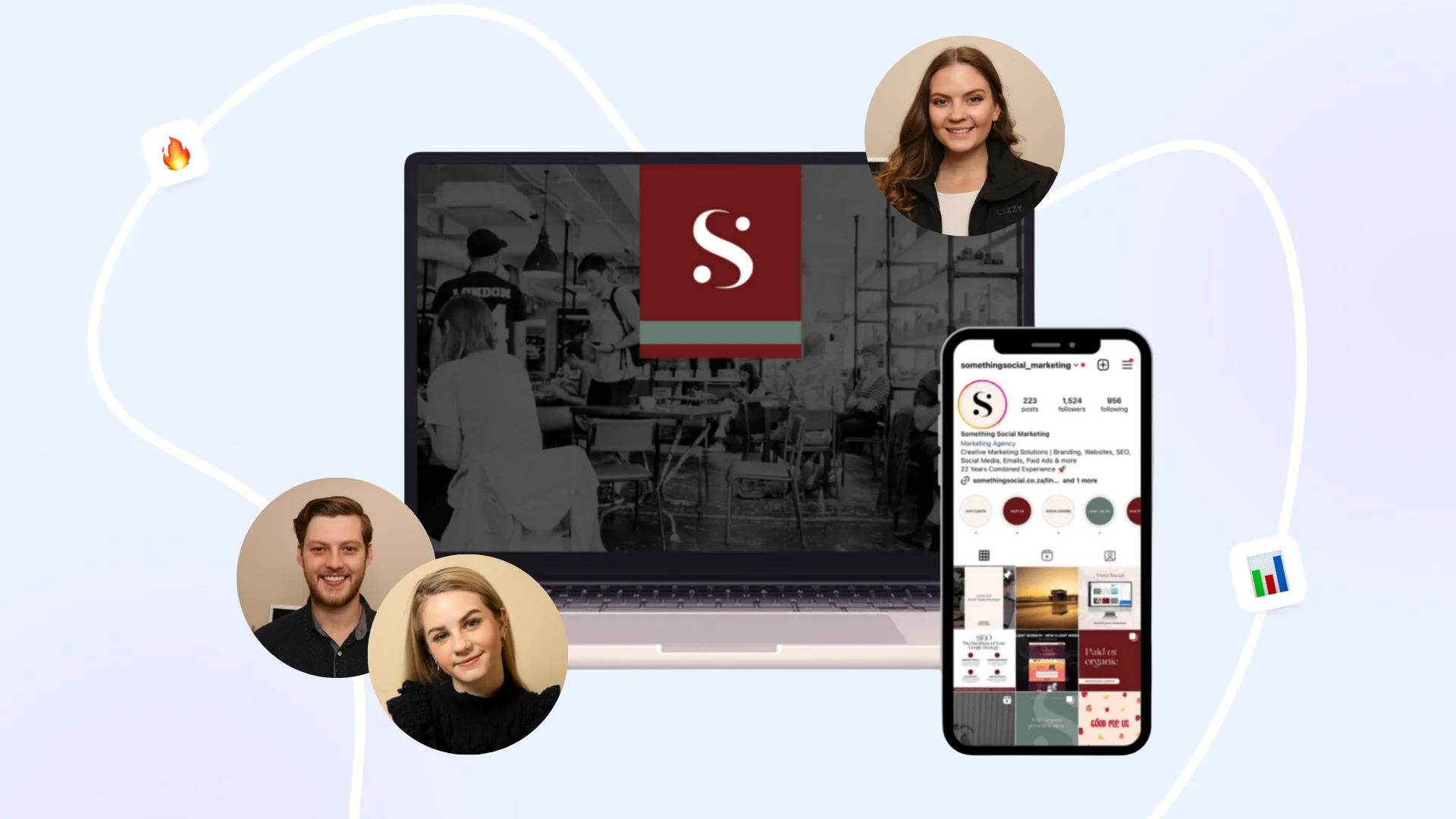
How Something Social Saved 75% of Their Time and Increased Revenue by 15%
See how a fast-growing agency improved operations, cut down hours of manual work, and unlocked new revenue opportunities with Vista Social.
New
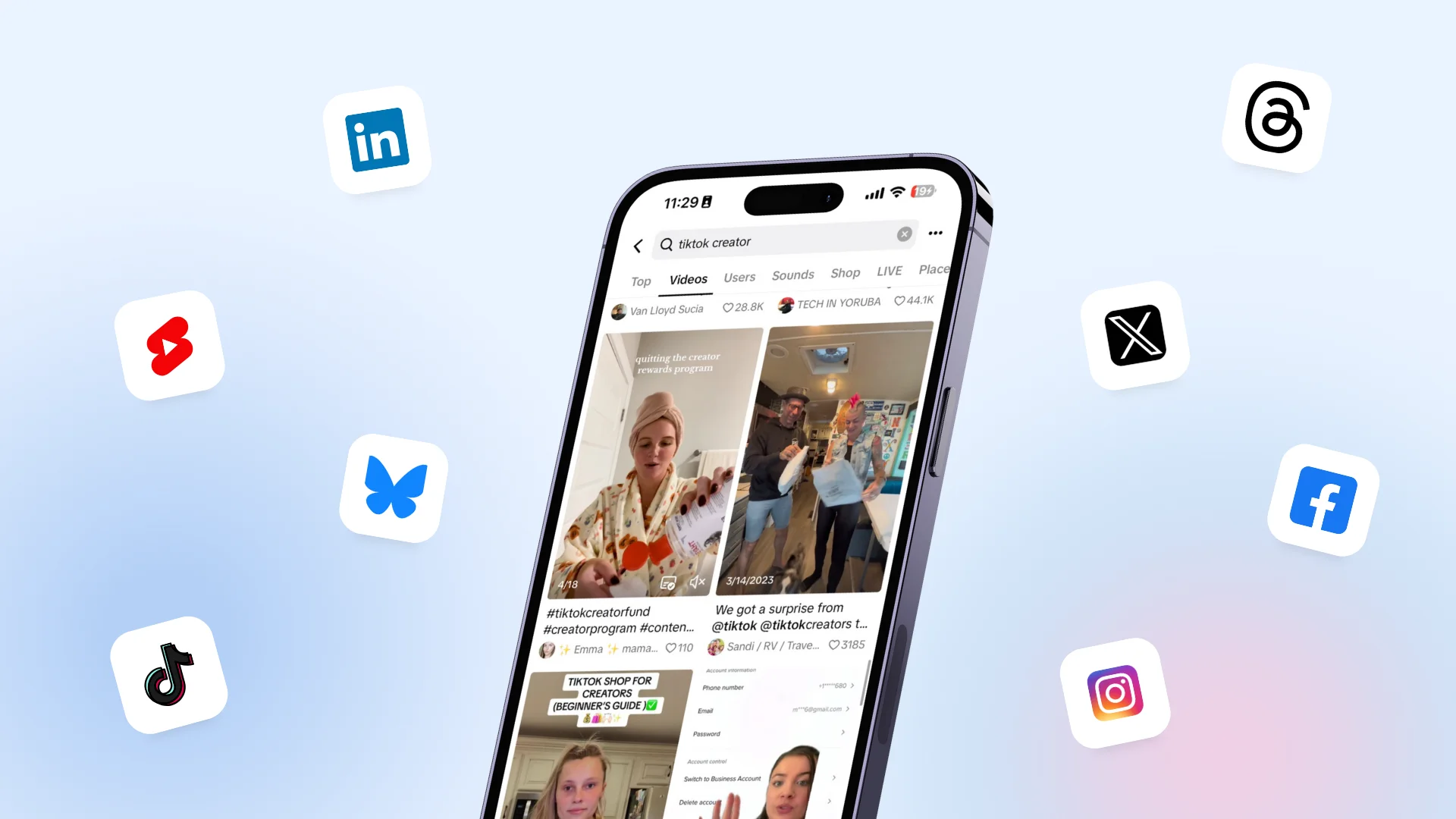
50 Unique Social Media Ideas for Consistent Content Creation
Discover 50 unique social media post ideas to engage your audience, grow your brand, and maintain a consistent content strategy with ease!
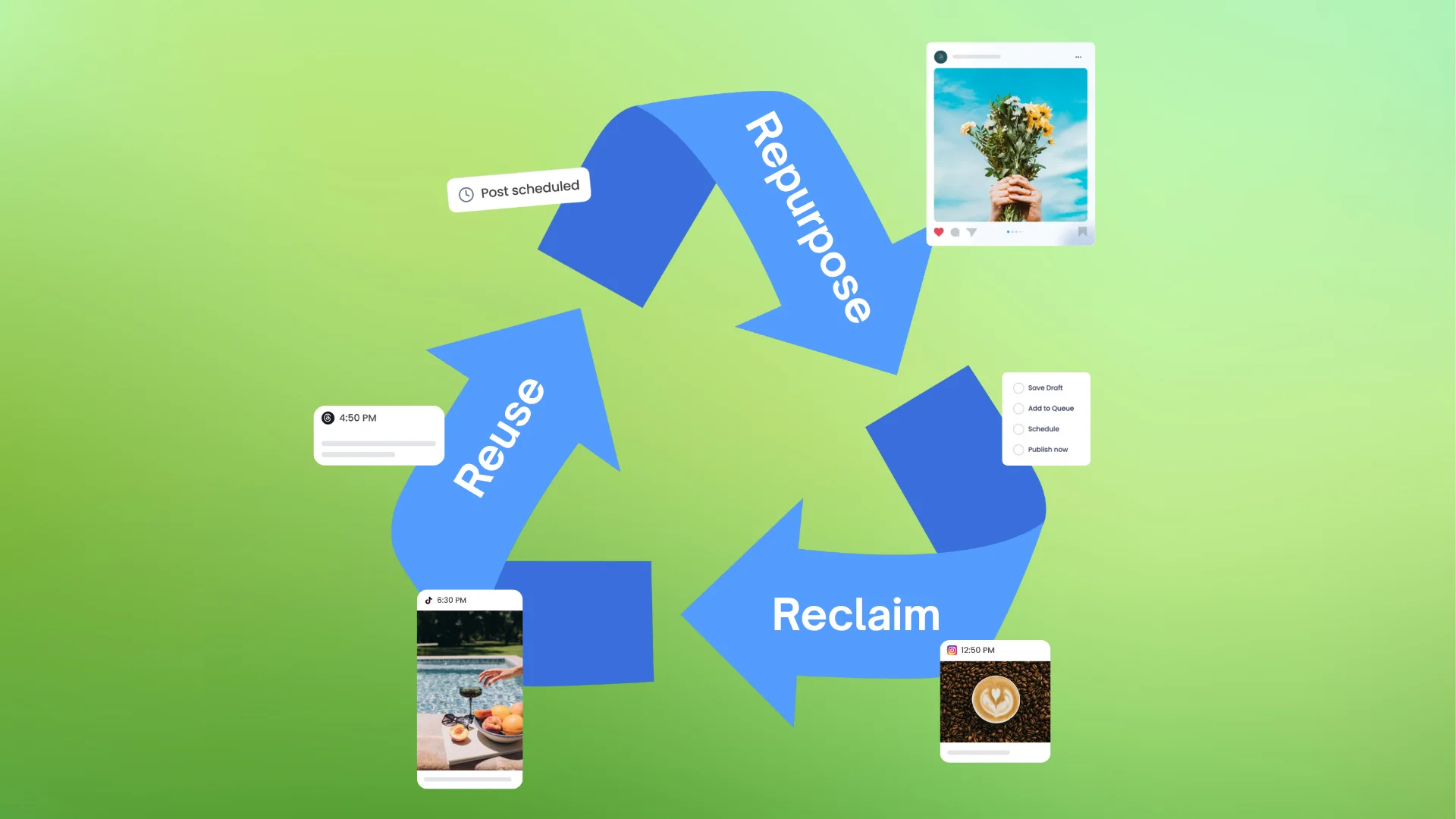
Mastering Content Reuse: The Key to a Consistent and Sustainable Posting Strategy
Published on October 24, 2025
14 min to read
75+ YouTube Video Ideas to Inspire You
Summarize with AI
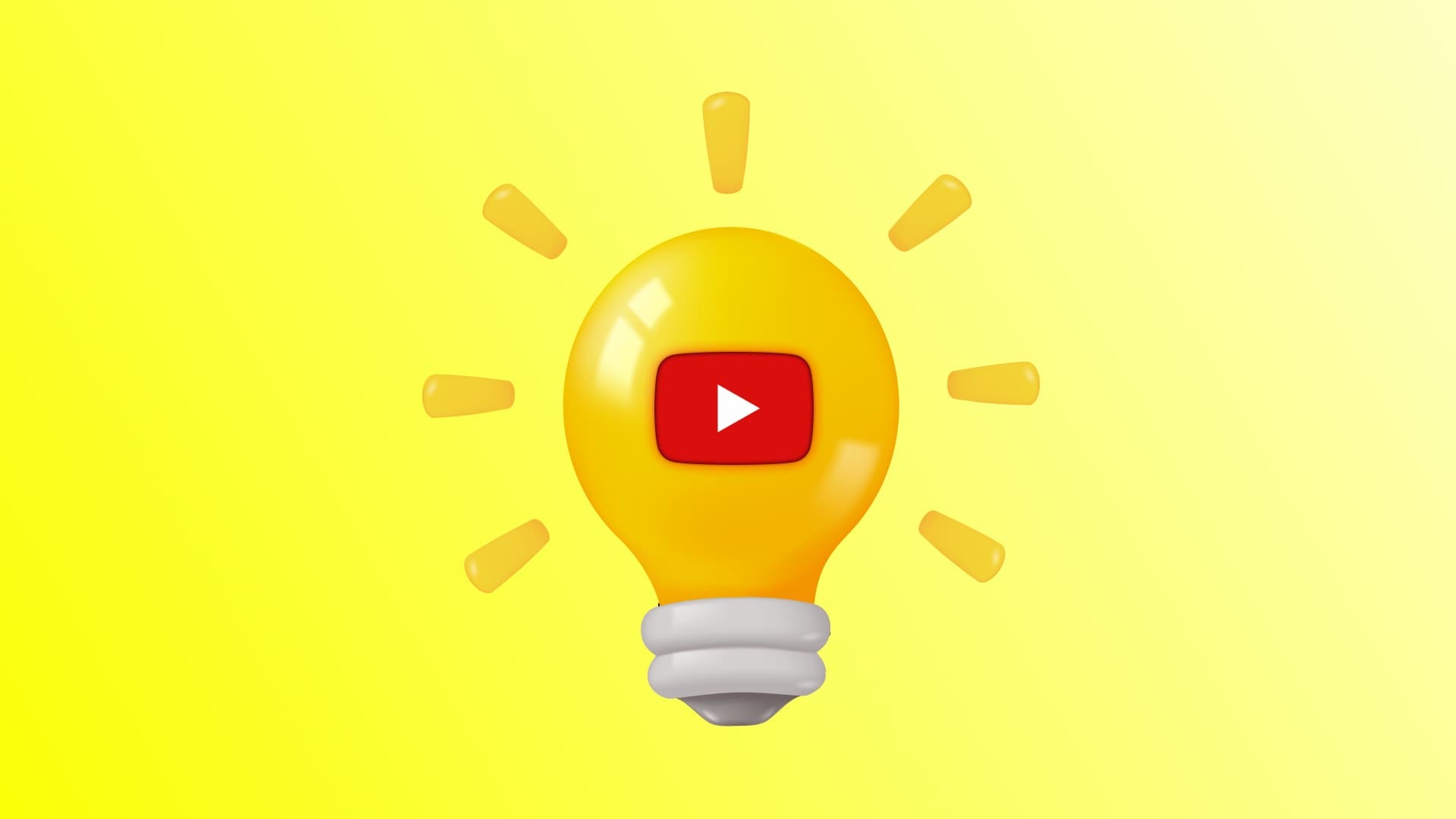

Table of Content

If you’ve been staring at your camera or screen, wondering what to film next, you’re not alone. Every creator hits that wall at some point, no matter how long they’ve been making videos.
Maybe you’re a vlogger trying to keep your channel fresh, a social media manager looking for content that connects, or someone building a brand that needs new ways to stay visible. Staying creative while keeping up with a posting schedule can be exhausting.
That’s why keeping a list of strong ideas ready makes such a big difference. It helps you stay consistent and focus on creating content your audience will truly enjoy.
In this guide, you’ll find more than 75+ YouTube video ideas you can tailor to fit your goals and style, along with plenty of YouTube Shorts ideas you can turn into quick, high-performing clips.
Table of contents
75+ YouTube video ideas for your brand
1. Step-by-step walkthroughs
People love it when a process feels doable. Guide them through each part of a project in a calm, clear way so they finish feeling confident about what they’ve just learned.
Before you hit record, write a YouTube script that helps keep your walkthrough smooth and organized. Once it’s ready, share your screen as you teach so viewers get an over-the-shoulder look at your process.
The channel Apalapse did this perfectly in its step-by-step tutorial on creating time-lapse photography.
The instructions were easy to follow because Apalapse shared his screen while explaining each step, making the whole tutorial feel clear and hands-on.
2. Playbooks
Forget theory—this is about action. Playbooks show the exact moves people can copy to get real results faster.
3. FAQs
Gather the questions you get all the time and answer them clearly. It saves everyone time and strengthens your connection with your audience. Add your personality to your answers so they feel genuine and easy to relate to. You can also turn the most common questions into short videos that are quick to watch and helpful to share.
4. Advanced tutorials
Once someone knows the basics, they crave something deeper. Advanced tutorials let you share insights that help them reach that next level of skill.
5. Quick tips
Short, sharp advice can have the biggest impact. These little insights stick because they give instant wins your viewers can use right away.
6. Checklists
It feels satisfying to tick boxes, right? Checklists help people stay on track and make sure nothing gets missed while keeping things organized.
7. Templates
Everyone loves a shortcut that works. Templates give your viewers something ready to use so they can skip the setup and get straight to doing.
Canva has several template-type videos you can learn from.
They guide viewers through building and adjusting templates in a way that helps them understand how everything works, making it easier to explore the tool’s features with confidence.
8. Frameworks
Sometimes it’s hard to connect the dots. Frameworks make things clearer by showing how each idea fits into a bigger picture.
9. Instructionals
Ever watched a video that teaches so clearly it feels natural? That’s the charm of good instructionals. They simplify ideas and make learning feel easy instead of overwhelming.
10. Experiments
Ever thought about trying something totally different just to see what happens? Experiments give your viewers a real look into how curiosity leads to discovery, whether things go right or not.
11. Before and after
Everyone loves a visible change. Showing progress over time proves that effort actually leads to something worth showing off. Share what steps you took to make that change happen so viewers can see how achievable it is.
The transformation becomes more meaningful when people understand the story behind it.
12. Makeovers
A small refresh can completely change the vibe. Makeovers are great for inspiring people to take what they already have and make it better.
13. Transformations
People connect with stories of change. Whether it’s personal or creative growth, transformations remind viewers that progress is possible.
14. Redesigns
It’s not just about how things look. Redesigns explain the thinking behind every choice so viewers see how each tweak makes a difference. Show the before and after to make the improvements clear.
But this is more than just a before and after. With a redesign video, you want to walk your audience through the entire process, including why you made those changes and how they solve real problems.
15. Optimization sessions
Sometimes the smallest changes lead to the biggest improvements. Walk through those tweaks and explain why they matter in real use.
16. Speed builds
Fast-paced builds grab attention. Watching something take shape in minutes is both fun and satisfying to see unfold.
17. Time-lapses
Condense long work into a short, satisfying watch. It gives people the big picture and a sense of progress in just a few seconds. Also, show the final result at the end so people can see what’s possible and feel motivated to try it themselves.
The Coder Coder channel did this really well in one of her videos where she showed a full timelapse of building a website from scratch.
Let’s be honest, even simple tutorials need a touch of inspiration. When viewers see the finished product, it gives them the push they need to start creating too.
18. Process reveals
Let people in on how things really get done. Sharing your process builds trust because it shows the effort behind the finished product.
Justin Sung shared a video about building systems to achieve your goals, which earned over 50K likes and more than a million views.
It demonstrates that process videos can be powerful because they inspire curiosity and motivate viewers to take action.
19. Workflow overhauls
When your old system stops working, it’s time for a reset. Walk people through how you improved yours so they can rethink their own.
20. Audit then fix
Don’t just point out what’s wrong. Show how you’d fix it right there in the video. Viewers learn better when they see you turn a real issue into something that works.
21. Why it isn’t working
Instead of pretending it’s all perfect, break down why something failed. People appreciate the honesty so they can learn from your experience.
22. Common mistakes
Everyone makes mistakes. Point them out gently so your viewers can avoid them next time around.
You can even share your own experiences to make it feel more genuine and relatable. Showing what went wrong and how you fixed it helps people learn faster. It also builds trust because your audience sees you’ve been where they are now.
23. Myths vs. reality
There’s always hype around certain topics. Debunk what’s not true and share how things actually work in real life.
24. Pitfall warnings
Warn people about the traps they might fall into. These videos save your audience time and help them skip unnecessary frustration.
25. Troubleshooting
Things go wrong sometimes, that’s why there are going to be people eager to watch troubleshooting videos. Show people how to fix the issues they’re facing to save them from stress and solve their problems.
The channel Professor Messer did this really well in his video on hardware issues. He added clear text on the screen that helped viewers follow each step without getting lost.
When making your own troubleshooting videos, remember your viewers just want simple, clear solutions. Use on-screen text, product photos, or any visuals that make your instructions easy to follow. Your goal is to help them fix the problem fast and feel confident while doing it.
26. Post-mortems
Looking back on what didn’t work can be powerful. Reflect on what went wrong so others can take away the lesson without repeating it.
27. Root cause breakdowns
Surface problems are easy to spot, but deeper ones teach more. Help your viewers see the “why” behind an issue so they can prevent it next time.
28. What I’d do differently
Reflecting on past work feels personal and real. It’s a way of saying, “Here’s what I learned so you don’t have to learn it the hard way.”
29. Fix-in-public
Improving in real time shows confidence. Your viewers get to see the messy, real side of progress—and that makes your content relatable.
30. Mistake to mastery
Show how you turned early struggles into solid skills. It’s inspiring to watch someone grow instead of just showing the polished result.
You can also make your video more credible by mentioning or featuring respected figures.
On his YouTube channel, Building Billions Podcast, owner Brandon Dawson did this perfectly when he included Grant Cardone in one of his videos.
Brandon already has strong credibility with over 400K subscribers, but featuring someone even more influential made his mistake-to-mastery video feel even more powerful and trustworthy.
31. Case studies
Real examples always land better than theory. Case studies help people see how strategies actually perform in action. They build trust because viewers can see real results, not just claims. Sharing what worked and what didn’t makes your content feel genuine and valuable.
32. Teardowns
Take something apart and explain what worked or didn’t. It’s an easy way to teach while keeping people interested, and it helps them think more deeply about how things function.
33. Reverse engineering
Recreate success step by step. This kind of content shows how great ideas are built so people can apply those lessons themselves.
34. Benchmarking
It’s helpful to know where you stand. Compare performance against industry standards and explain the results in simple terms.
35. Price to value analysis
Not everything expensive is better. Help your viewers figure out if something’s truly worth paying for before they make a purchase.
36. A/B tests
Show what happens when you try two approaches and compare results. It’s practical and helps viewers understand what actually performs better.
37. Versus showdowns
Everyone loves a good comparison. These videos keep people hooked as they wait to see which option comes out on top.
38. Side-by-side comparisons
Put two choices next to each other and talk through what makes one better. It helps your audience make decisions with confidence.
To make the comparison clearer, show a real side-by-side screen with bullet points that shows the performance or features of what you’re reviewing.
Here’s a great example from Peter Salmon’s YouTube channel, comparing note-taking apps for Mac.
This approach lets viewers see the difference for themselves instead of just hearing your opinion. It turns your comparison into something visual, objective, and easy to understand.
39. Feature gap reviews
Point out what’s missing or where one tool does better than another. It helps people choose wisely based on what really matters.
40. “Best for” use-case picks
Different people need different things. Instead of giving one-size-fits-all advice, tailor your recommendations to each viewer type. This makes your content feel more personal, helps viewers find what truly fits their needs, and strengthens your overall video marketing strategy.
41. Tool how-tos
There’s always a better way to use a tool. Show hidden features or smarter methods that make people say, “Oh, I didn’t know that!”
42. Challenges
Pushing yourself in front of an audience makes things more exciting. Challenges show your commitment and inspire people to take on goals they might have been avoiding.
43. Sprints
Short bursts of focus can surprise you. Document how much you get done in a few days and let your viewers see what deep effort really looks like.
Try Vista Social for Free
A social media management platform that actually helps you grow with easy-to-use content planning, scheduling, engagement and analytics tools.
Get Started NowShow your progress as it happens so people can feel the momentum with you. Be honest about what worked and what didn’t so your audience can learn from your experience. End with what you discovered after pushing yourself that hard.
44. Live progress updates
Skip the editing and go live. Sharing updates on the spot gives your content energy and makes it feel genuine.
45. Beginner’s guides
Getting started can feel scary, especially with new topics. Beginner’s guides make that first step less intimidating and help viewers feel ready to keep going.
This beginner’s guide from KeshArt is a perfect example.
Including the phrase “for beginners” in the title makes the video feel friendlier and more approachable. It tells people the content is made for them, which builds trust and makes them more likely to click and watch.
46. Habit stacks
Little actions can build big change. Show how combining habits into a single routine makes it easier to stay consistent.
47. Daily logs
Your everyday moments can teach a lot. Daily logs make people feel closer to your process and help them see progress in real time.
48. Thirty-day resets
When you need a clean slate, commit to a full month. Share the ups and downs of rebuilding a routine so your audience feels like they’re starting fresh with you.
49. Public goals
Putting your goals out in the open makes you accountable. It also gives your viewers something to root for as they follow your journey.
50. Accountability recaps
Be open about how things turned out. These updates remind your audience that progress isn’t always smooth, and that kind of honesty builds real trust over time.
51. One-week trials
Test an idea or habit for seven days. These short trials are easy for viewers to relate to and often lead to fun, honest results.
52. Q&A
Think of this like sitting down for a chat. You respond to questions directly and build a more personal bond with your viewers.
53. Ask me anything
Drop the script and let your audience steer the conversation. It’s unpredictable but helps people see who you really are.
54. Reviews
Give your genuine take on something you’ve tried. People want honesty more than hype, so focus on what truly stood out. If you’re reviewing a tool, show an over-the-shoulder view of you using it so viewers can clearly see how it works.
The Best Reviews YouTube channel did this well when the creator reviewed the Striven accounting software.
The creator walked viewers through how the software looks, feels, and functions, making the review both engaging and easy to follow.
55. Subscriber audits
Review your subscribers’ work or projects and offer feedback. It makes your audience feel seen while helping others learn from real examples.
56. Hot seat coaching
Guide someone through a real challenge and let viewers watch the process unfold. It feels genuine, shows your teaching style naturally, and keeps people engaged as progress takes shape.
57. Comment replies
Your viewers want to be heard. Turning their comments into videos shows you’re listening and keeps engagement alive.
58. Community polls
Let your audience vote on what’s next. It’s a simple way to involve them in your creative process and build excitement.
59. Reaction to feedback
It feels good when people know you’re paying attention. When you take the time to respond thoughtfully, it shows respect and a willingness to grow. Your audience sees that you care, and that makes them stick around.
60. Viewer suggestion builds
Ever had a viewer drop an idea that just clicks? Turning that suggestion into something real makes your content feel alive. It’s not just you creating—it’s everyone building together.
61. Office hours
Host open livestreaming sessions where people can drop by with questions or ideas. It creates a sense of community and approachability.
62. First impressions
That first reaction is often the most real. Capture it while it’s fresh and let your audience experience that moment with you.
63. Hidden features
Most tools have something tucked away. Uncover those details and help your viewers use what they already have in smarter ways.
For example, Stephen Robles shared a YouTube video revealing ten hidden iPhone settings his viewers should enable.
He didn’t just explain them, he added on-screen text and showed himself tapping through the settings, making it easy for his audience to follow along.
64. Pros and cons
Lay out what works and what doesn’t without overcomplicating it. People appreciate straight answers that help them decide faster.
65. Long-term updates
Come back after a few weeks or months and share what still holds up. These updates show which things actually last.
66. Unboxings
There’s excitement in seeing what’s inside the box. Share that sense of surprise and curiosity while giving your initial thoughts.
67. Deal hunters
Everyone enjoys saving money. Highlight where to find great deals and how to tell when something’s truly worth the price.
68. Alternative picks
Sometimes the underdogs outperform the big names. Show off lesser-known options that give your audience more value.
69. Upgrade paths
People love improvement but don’t want to waste money. Guide them on how to move up step by step without overspending.
70. Budget vs. premium
Compare low-cost and high-end versions in a way that feels fair. Help your audience figure out what really fits their needs.
71. Behind the scenes
Sometimes, the best parts of your work happen before filming starts. When you share those bits of preparation and the occasional funny moment, it gives people a real look at who you are. That openness builds trust and makes everything feel natural.
72. Day in the life
There’s something engaging about seeing a creator or marketer’s normal day. These videos are relatable and make your audience feel closer to you.
The YouTube channel Paolo from TOKYO is a great example. He creates “day in the life” videos that take viewers behind the scenes of someone’s daily experience, making each story immersive and authentic.
Paolo also interviews the people he features, adding depth and personality to every video—a great approach to follow when creating your own “day in the life” content.
73. What I use
People are curious about the tools behind your work. Show them what you rely on and explain why it fits your workflow.
74. My setup tour
Take your viewers around your creative space. Keep it relaxed and friendly, like showing a friend around your room.
75. Process journal
Treat it like a diary of your work. Walk people through what you’re learning and how each project shapes the next one.
76. Decision diary
Talk about the choices you make along the way. It helps your viewers understand your thinking and maybe apply it to their own work.
77. Lessons learned
Experience is a great teacher. Share what life or work has taught you so your viewers can skip the same mistakes.
78. Do’s and don’ts
Keep it simple. Let people know what helps and what to avoid so they can follow a smoother path toward success.
Also, you can go above and beyond by adding pro tips to your videos. The channel Wake Up Reykjavik did this in one of its videos, where they share the 5 Do’s and Don’ts in Iceland.
By adding pro tips, you give your viewers insider information about your video topic, which then helps give your brand an authoritative vibe.
How to streamline your YouTube marketing with Vista Social
If you want to take your YouTube marketing initiatives to the next level, then you need a clear, efficient workflow.
Vista Social simplifies that process. From one dashboard, you can plan, publish, and analyze your YouTube content without switching between tools.
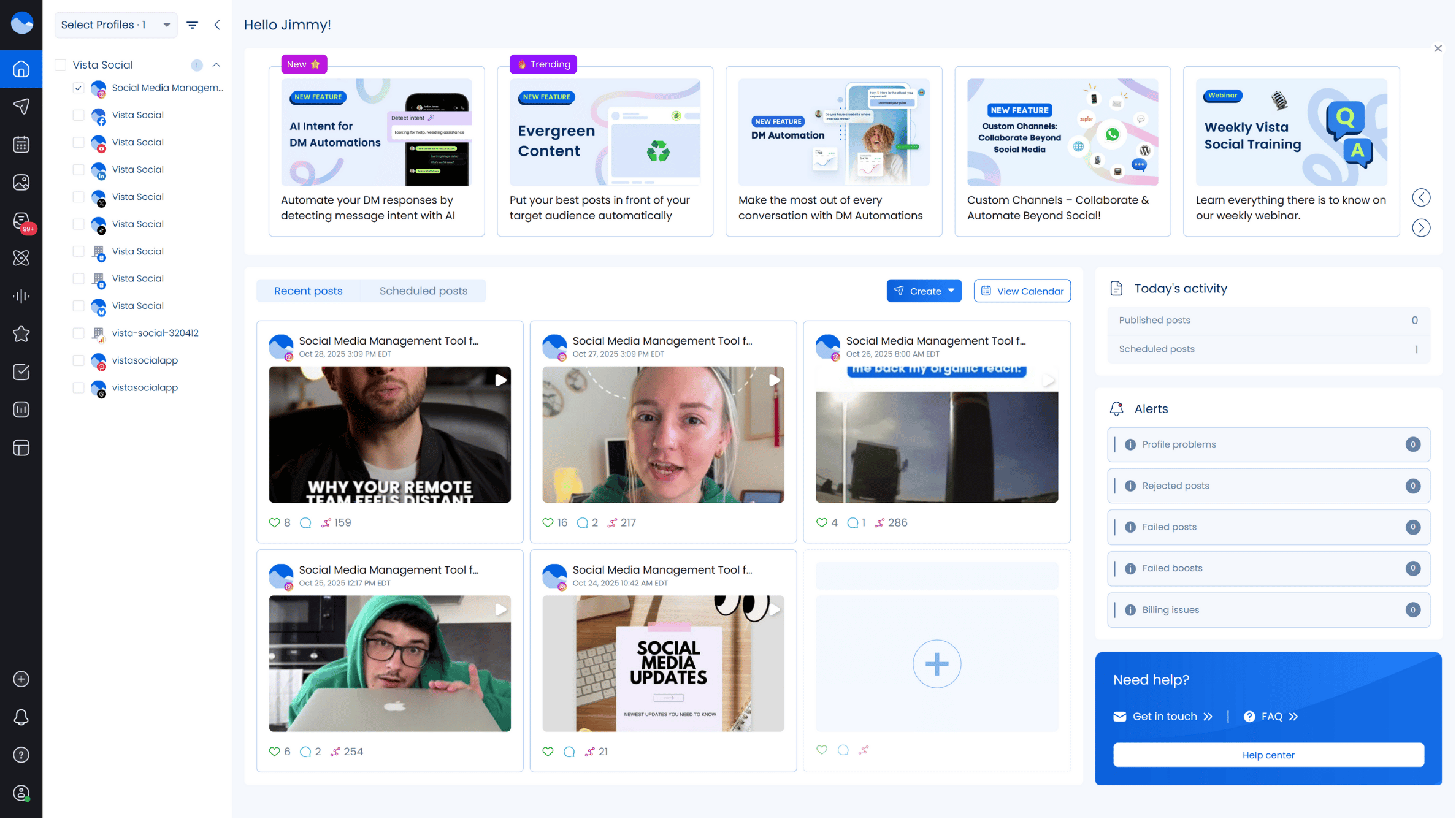
The content calendar lets you visually map out your video schedule. You can assign tasks to teammates, set approval workflows, and ensure every upload aligns with your overall campaign strategy.
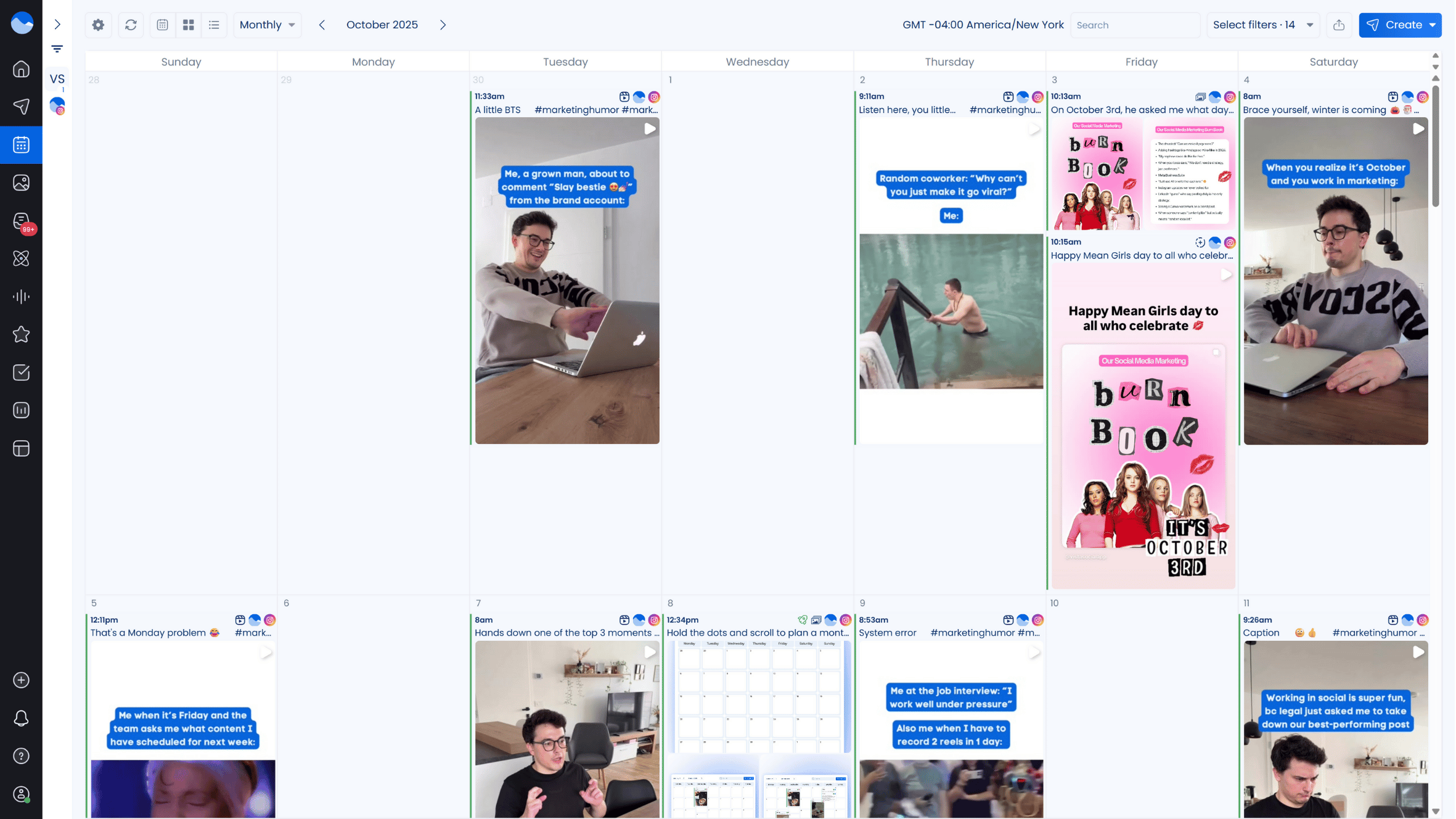
To schedule videos, you can upload them to the platform’s publisher and customize them before setting a schedule. Remember to check your YouTube video sizes to ensure the dimensions are correct.
With an AI-powered caption generator tool and hashtag suggestions, you can write optimized YouTube descriptions in seconds. No more writer’s block before hitting “publish.”
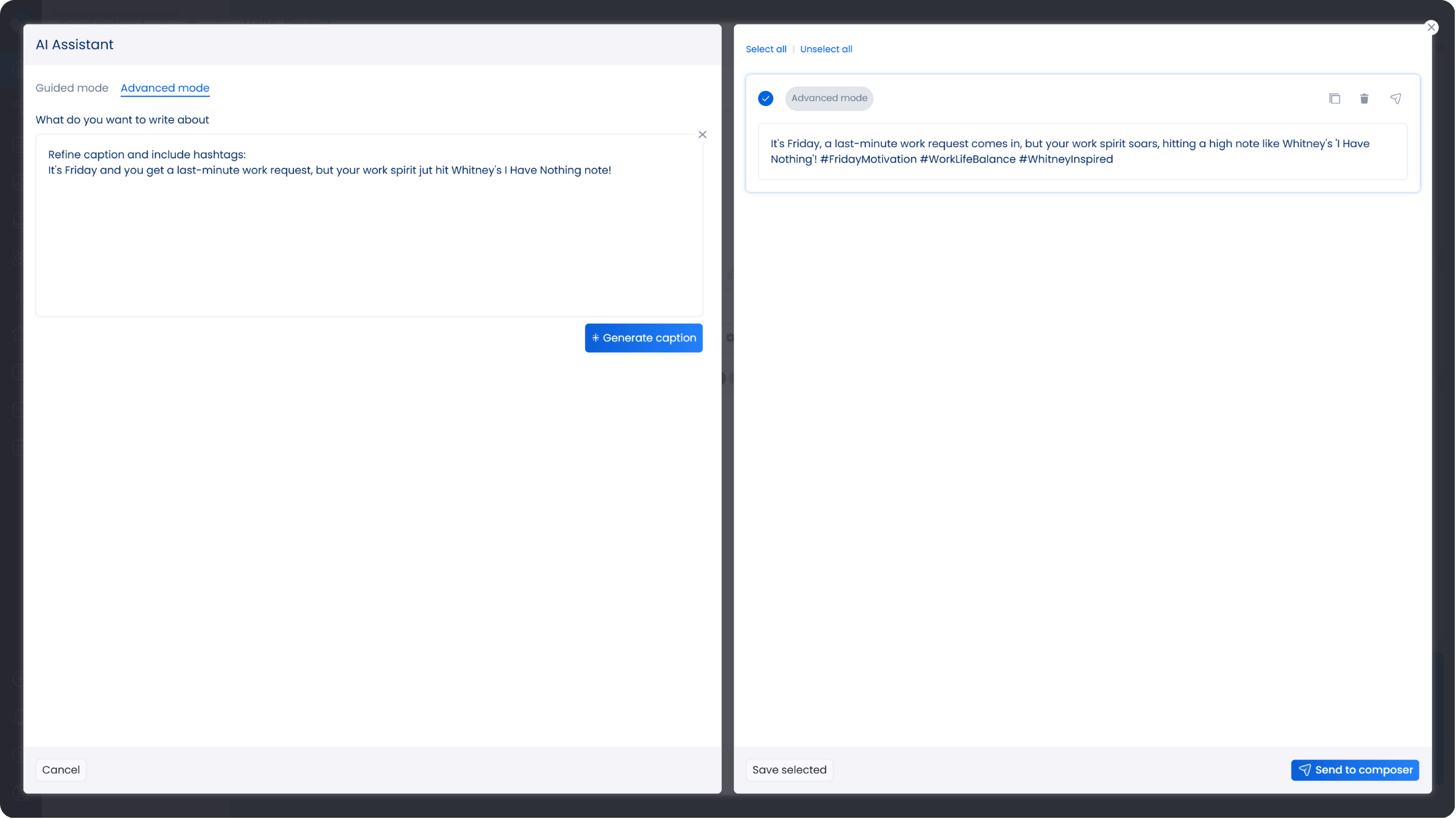
Once your videos go live, Vista Social analytics tracks performance like views, engagement, sentiment, and audience growth.
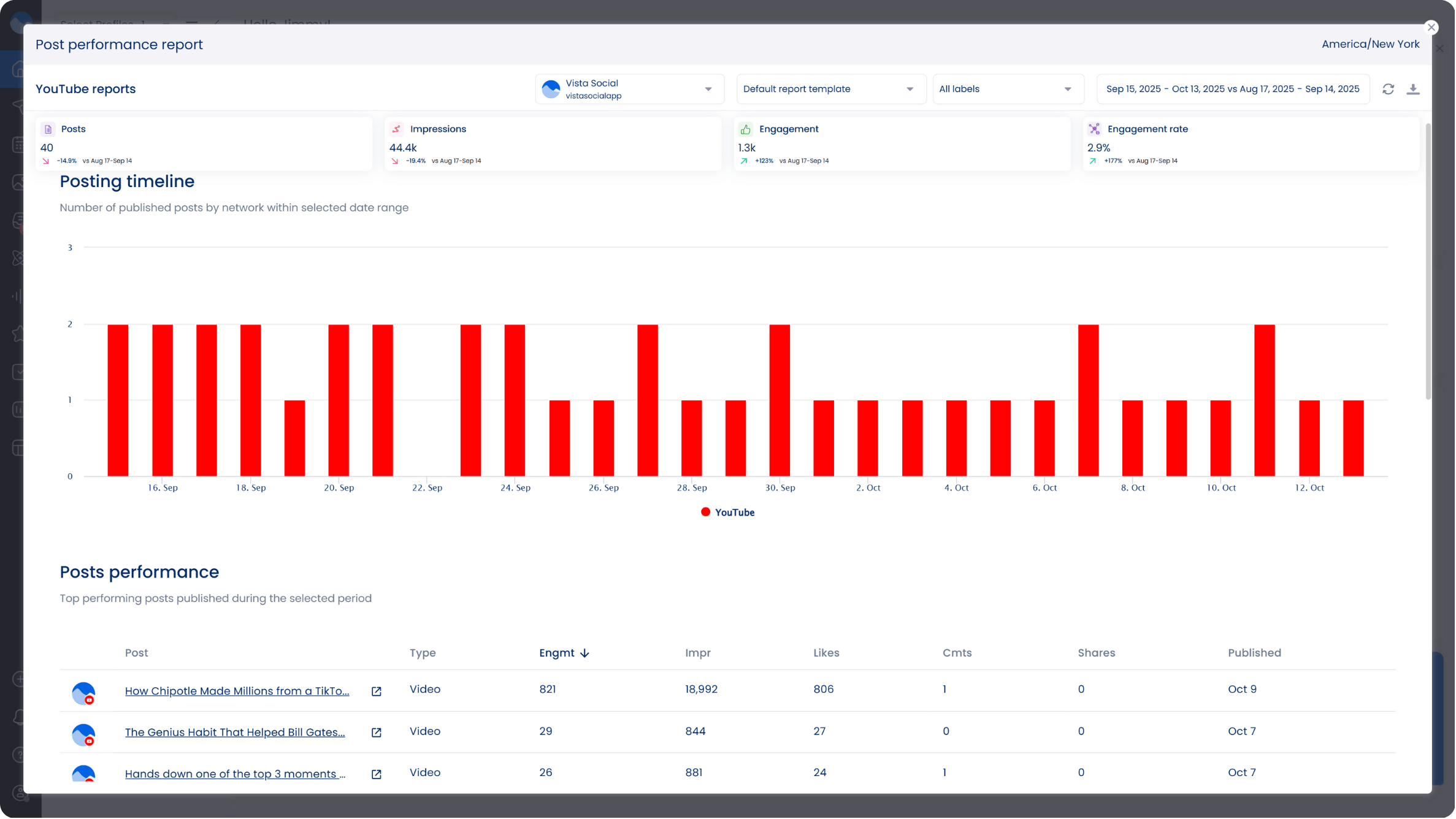
Tracking video performance helps you see whether your content drives views, engagement, and real revenue, especially if you want to get monetized on YouTube.
Managing multiple channels? Use workspaces to separate projects or clients, keeping everything neat and secure.
For brands and agencies, Vista Social’s YouTube integration turns guesswork into strategy. It’s not just about posting videos; it’s about managing an entire content ecosystem efficiently.
Jumpstart your channel with these YouTube video ideas
Creativity might get your channel noticed, but consistency is what helps it grow. Uploading regularly builds trust with your audience and signals to the YouTube algorithm that you’re serious about creating, which can help you get more views on YouTube.
The challenge is staying consistent when you’re managing different platforms.
That’s where Vista Social helps simplify everything. You can manage your uploads and plan your videos from one place, letting you stay focused on creating without constantly switching tools.
Connect your YouTube channel, plan uploads in advance, and manage campaigns with less stress. The platform helps you keep your YouTube content aligned with what you post on TikTok or Instagram while keeping everything running smoothly.
With Vista Social, you won’t miss uploads or scramble to make last-minute changes.
Every video stays on schedule and fits your brand’s style. If you want a simpler way to stay consistent and grow your channel, Vista Social’s YouTube management tools give you the structure and support you need.
YouTube video ideas FAQs
1. What are good YouTube video ideas?
Good YouTube video and channel ideas include tutorials, product reviews, vlogs, reaction videos, storytelling content, and educational explainers that provide value or entertainment to your target audience.
2. What are some YouTube video ideas for beginners?
Beginners can start with introduction videos, “day in the life” vlogs, simple how-to tutorials, listicles, or reaction videos that require minimal editing and equipment.
3. What is a good first YouTube video idea?
A great first YouTube video is an introduction that tells viewers who you are and gives them a clear idea of what your channel offers.
4. How can you consistently come up with new YouTube video ideas?
You can find new ideas by exploring current trends and paying attention to what your audience is curious about.
5. How do you get verified on YouTube?
To get verified on YouTube, your channel must be authentic, complete, and meet YouTube’s eligibility requirements. Once approved, you’ll see a verification badge next to your channel name, helping viewers know they’re engaging with the real creator.
About the Author
Content Writer
Jimmy Rodela is a social media and content marketing consultant with over 9 years of experience, with work appearing on sites such as Business.com, Yahoo, SEMRush, and SearchEnginePeople. He specializes in social media, content marketing, SaaS, small business strategy, marketing automation, and content development.
Read with AI
Save time reading this article using your favorite AI tool
Summarize with AI
Never Miss a Trend
Our newsletter is packed with the hottest posts and latest news in social media.
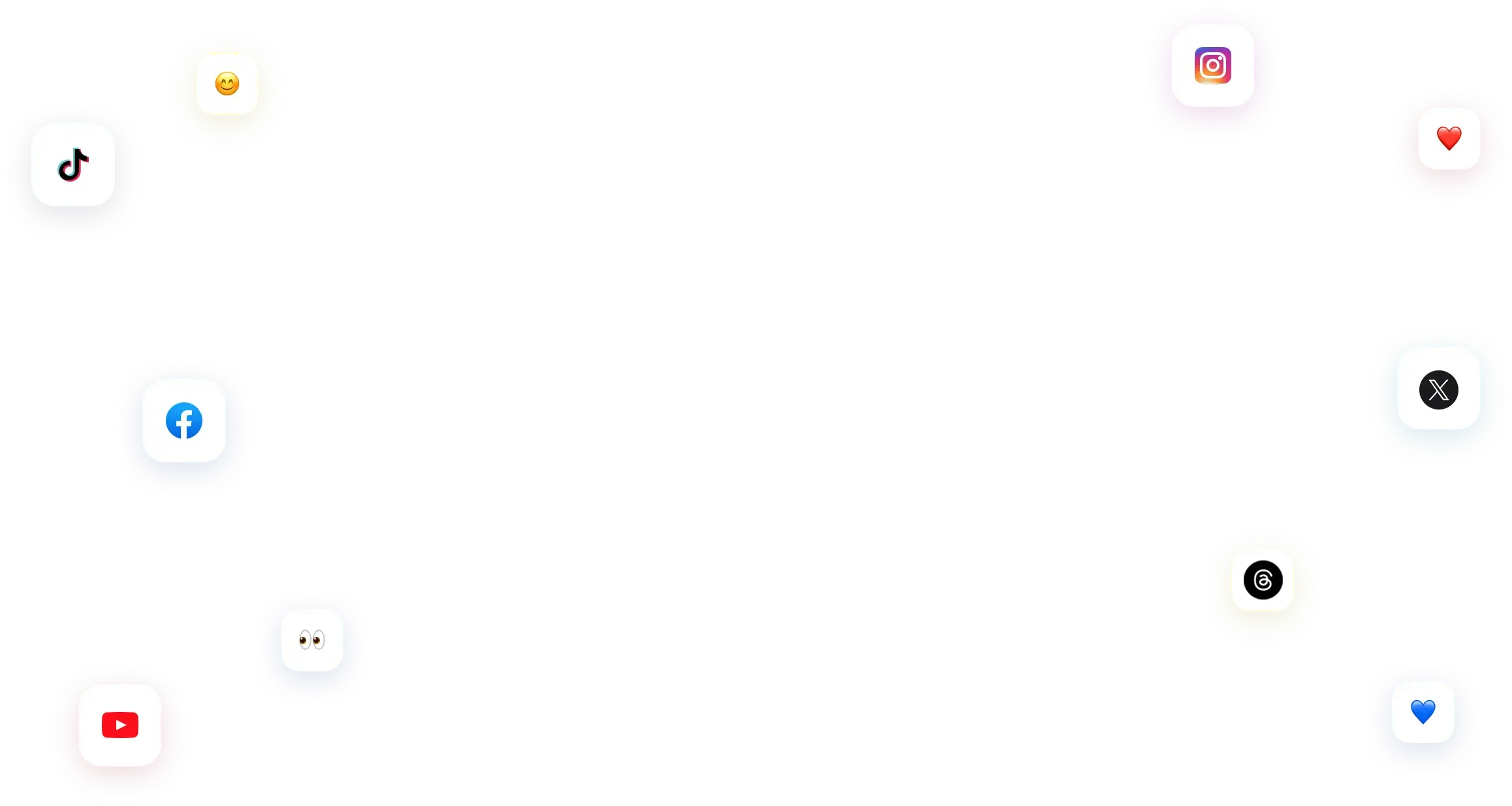
You have many things to do.
Let us help you with social media.
Use our free plan to build momentum for your social media presence.
Or skip ahead and try our paid plan to scale your social media efforts.
P.S. It will be a piece of cake 🍰 with Vista Social
Subscribe to our Newsletter!
To stay updated on the latest and greatest Social Media news. We promise not to spam you!
